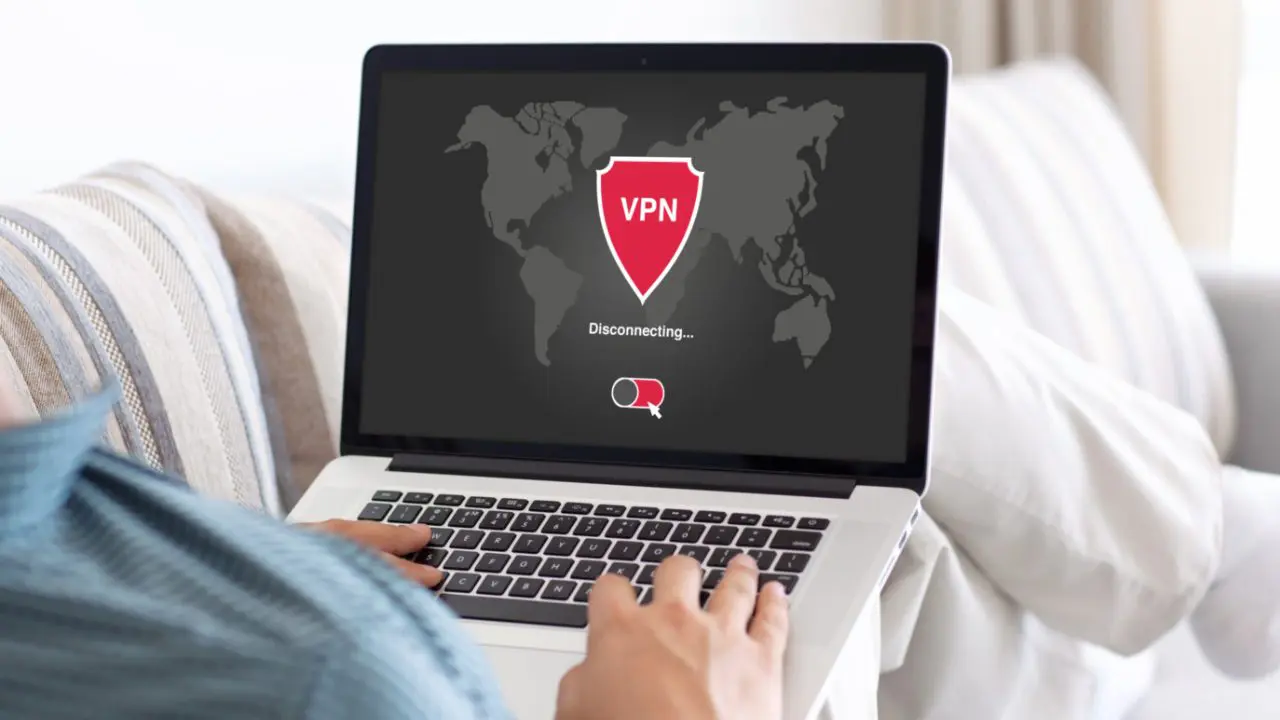
For more than two decades, businesses have been deploying VPNs (Virtual Private Networks) to give employees, contractors, and other third parties access to internal information and data, applications, and assets. But as we head deeper into the 21st century, is it time to end the VPN?
We ask that question because VPNs, while still popular, are not really equipped to adapt to the changing security demands of businesses with a high number of remote or hybrid employees. In fact, a variety of studies report many security flaws with VPNs, making businesses and their workers vulnerable to cyber-attacks.
Click here to secure your internet applications and services.
Don’t Know Much About (VPN) History?
Before we offer an alternative and better solution, let’s look back at the history of VPNs. They were first used in 1996 when a Microsoft employee, Gurdeep Singh-Pall, crafted the PPTP. This protocol provided a more secure private connection between a user’s device and the internet. In 1999, specifications were made public. In the early 2000s, VPNs were mostly used by businesses. Over the past 10 years, commercial VPNs started to become more popular.
Today, nearly two in three Americans on the internet have used VPNs at some point, according to a Security.org study. The GlobalWebTKIndex reports that more than 400 million businesses and consumers use VPNs to protect data on the web.
Definition and Drawbacks of VPNs
A traditional VPN is a service that connects remote end users to a business’s information and resources by bringing traffic to applications and data centers. When traffic arrives at a centralized location, traditional security actions are activated. With the sharp rise in cyber-attacks, the weaknesses of VPNs have become increasingly exposed.
In recent years, IT teams have typically depended on VPNs to deliver secure access to a remote/hybrid workforce. However, with the escalating needs of mobile workers combined with growing cyber security threats, VPNs and other conventional security platforms cannot keep pace. In addition, new software-as-a-service (SaaS), and web-based applications put VPNs further behind.
Many businesses also have a small number of VPN connections. As a result, decreased availability can negatively affect cybersecurity and critical company functions. Moreover, VPNs connected to BYODs (Bring Your Own Devices) are not exactly a strong security match. There’s also a major trust issue. VPNs are too trusting even with multi-factor authentications and good credentials. Users who access business systems via VPNs are being given a high-level entry to the whole enterprise network. Even if the VPN pathway is protected, a compromised device can be utilized to seriously derail enterprise-wide internal systems.
Let’s face it. The venerable but not impenetrable VPN is no longer the MVP of security it was once advertised to be. In this new era of remote/hybrid workforces, where there are expected to be 24 billion interconnected devices by 2050, legacy VPNs are reaching the end. Fortunately, we have zeroed in on a solution.
Learn how to secure all your devices and applications by downloading our whitepaper.
Paradigm Shift to Zero Trust, Matrix
The shift to remote work and expansion of the enterprise network perimeter has driven the growth of Zero Trust Network Access (ZTNA) solutions. It is a concept that treats all network devices like the Internet, where default users and devices are untrusted by default. This model trusts no one and nothing by default, particularly remote/hybrid employees accessing the network on unchecked devices.
Matrix is an enterprise solution that safeguards contemporary workers from sophisticated hackers and mitigates threats by enabling corporate applications to be invisible to unauthorized users.
With Matrix, IT administrators and security professionals can easily manage access, enforce policy, and gain visibility into the array of secure connections created between users and devices, and protect self-hosted corporate applications from threats. Matrix allows enterprises to deliver a modern, secure, and seamless user experience across their remote workforce without needing legacy VPNs or exposing applications to the public Internet. Matrix will:
- Remove the attack surfaces
- Secure communications links
- Eliminate later movement
- Enforce least-privilege access
- Deliver a modern and secure user experience
- Secure applications at scale
Make it Matrix
Isn’t it time to end the VPN? By moving to ZTNA, you will give remote/hybrid workers secure access to only the business resources and information they need to do their jobs. You are also ensuring the whole network stays secure, no matter what device they are using. Shifting to ZTNA is the smart move, and the transition is much easier with the right platform like Matrix.
For more information about Matrix, register to download our white paper: “Remote and Vulnerable: Securing a Changing Workforce from Cyberattacks.” In the meantime, please let us know if you have further questions about Matrix. Our sales team would be happy to talk to you.
Click here to learn how to stay secure while working from anywhere.
About VirnetX
VirnetX Holding Corporation is an Internet security software and technology company with patented technology for secure communications, including 4G LTE and 5G security. VirnetX’s software and technology solutions, including its secure domain name registry and Gabriel Connection Technology™, are designed to facilitate secure communications and to create a secure environment for real-time communication applications such as instant messaging, VoIP, smartphones, e-readers, and video conferencing. The Company’s patent portfolio includes over 200 U.S. and foreign granted patents, validations, and pending applications. For more information, please visit www.virnetx.com





